Bilingual Nursery: The Exciting First Step in a Learning Adventure
At our nursery, we start our bilingual path, providing a nurturing environment for children aged 6 months to 3 years old.
At this crucial stage, our team of dedicated and caring teachers work hand in hand with families. Together, we lay the foundation for each child's development, providing continuous support and cherishing every step of their way.
We focus on empowering autonomy, building self-confidence, and fostering sociability.
We accomplish this by:
Creating routines such as for personal care, lunchtime, and naptime, promoting autonomy and self-confidence
Tailoring experiences in music, painting, movement, and more, maximising children's enjoyment and learning
Fostering respect and belonging, growing together in a close-knit community
Prioritising each child's well-being, always
FAQs
In our bilingual environment, we nurture each child's individuality by respecting their unique pace of development. Through play, exploration, and social interaction, we foster autonomy and self-confidence. At our nursery, educators thoughtfully design stimulating experiences that lay the foundation for each child's growth.
The Florence Bilingual School operates Monday to Friday from 7:30 a.m. to 6 p.m. Pick-up time starts at 4 p.m., unless otherwise requested. Until 6 p.m., children can stay to play under the attentive supervision of our educators.
The Nursery, along with the entire Florence Bilingual School, is open from the first working day in September to the last working day in June. For pupils enrolled in the Nursery, it is possible to enroll in the summer camps organized by the school during the first two weeks of July at the Viale Lavagnini site and for the whole month of July at the Menarini Baby site.
The nursery offers a wide range of engaging activities designed by educators to foster learning through play. These include music, sensory exploration, artistic and graphic expression, and motor skill development.
Your child's bilingual journey
GET IN TOUCH


